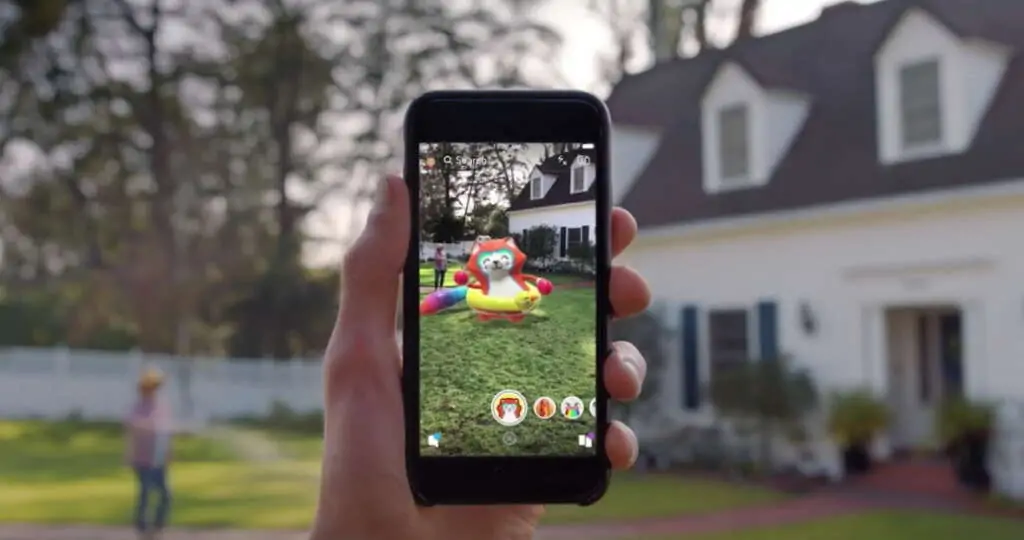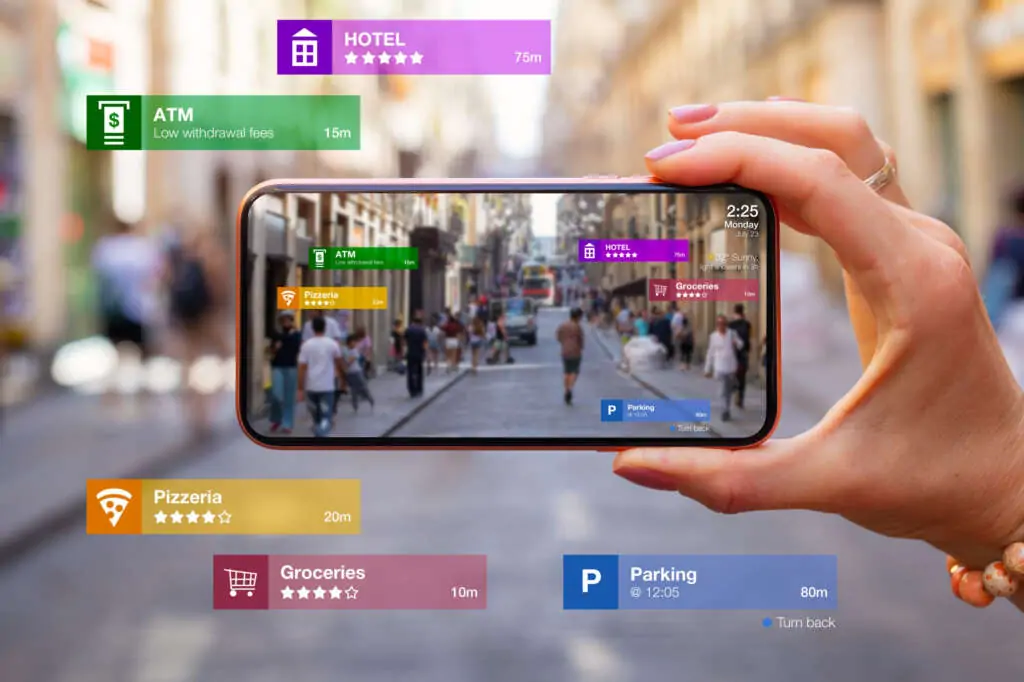Augmented Reality AR Experiences in Design
Augmented Reality AR Experiences in design usher in a transformative era, providing dynamic, adaptable, and immersive interactions. This article explores the impact of AR across design realms, emphasizing its flexibility, collaborative synergy, and cost-effectiveness. Navigating complexity and breaking free from traditional constraints, AR becomes a storyteller, future-proofing creativity and offering a competitive edge. Embracing technological advancements, AR catalyzes innovation, positioning itself as a strategic tool shaping the future of consumer engagement.
The AR Design Landscape:
Just as in the selection of design services, typography, color psychology, and other design elements, the incorporation of Augmented Reality experiences requires a strategic and thoughtful approach. Speed, reliability, scalability, and flexibility remain key factors in ensuring the seamless integration of AR into diverse design projects. Hybrid models, combining internal creative teams with external AR expertise, are recognized for optimal results.
The essence of AR Flexibility:
Augmented Reality experiences introduce a paradigm shift in design by embracing flexibility and responsiveness. Unlike traditional static designs, AR allows for dynamic and adaptable content that responds to user interactions and real-world environments. The essence of AR flexibility lies in its capacity to evolve, providing designers with a versatile canvas to create engaging and ever-changing narratives.
Understanding the AR Landscape:
Before delving into the intricacies of Augmented Reality experiences, it’s vital to comprehend the dynamics of the contemporary creative landscape. The rising demand for captivating visual content has paved the way for AR to become a transformative force. AR is not just a technological add-on but a strategic design choice that enhances user experiences across various industries.

Navigating AR Complexity:
A standout feature of Augmented Reality experiences is their ability to navigate the complexities of the modern creative landscape with ease. As businesses strive to differentiate themselves, AR offers a diverse array of possibilities, from interactive product displays to immersive storytelling. Navigating AR complexity involves a deep understanding of user behavior, spatial design, and the seamless integration of virtual and physical elements.
Breaking Free from Design Constraints:
Similar to the liberation from constraints emphasized in flexible design partnerships and other design elements, Augmented Reality experiences break free from traditional limitations. Designing for AR means moving beyond the confines of static layouts, allowing for 3D models, animations, and interactive elements. This liberation opens doors to innovative and captivating design solutions.
“AR experiences redefine the boundaries of creativity, offering a dynamic canvas where imagination knows no limits.”
-Sarah Thompson, AR Designer
Collaborative Synergy in AR:
Flexibility in AR thrives on collaborative synergy. In an AR design project, collaboration between designers, developers, and clients is paramount. This collaborative approach ensures that Augmented Reality experiences align seamlessly with the client’s vision. Regular check-ins, open communication channels, and a shared understanding of project goals form the cornerstones of this collaborative synergy.
Adapting AR to Project Dynamics:
Recognizing that not all design projects are created equal, Augmented Reality experiences adapt to various project dynamics. Whether it’s a quick AR sprint requiring rapid prototyping or a more extended exploration demanding in-depth ideation and execution, the AR design model accommodates diverse project timelines without compromising on quality.
Redefining Cost-Effective AR Design:
Flexibility in AR design does not come at the cost of financial imprudence; in fact, it redefines cost-effectiveness. Unlike traditional design projects operating on fixed pricing structures, a workable partnership in AR introduces a nuanced approach. Clients pay for the AR services they need, ensuring that every dollar spent maximizes its impact.
Embracing Technological Advancements in AR:
In an era dominated by technological advancements, AR experiences seamlessly integrate these innovations into the creative process. From marker-based AR to markerless experiences, and the convergence of AR with artificial intelligence, this partnership model embraces cutting-edge AR technologies. Staying abreast of technological advancements ensures that AR designs are not just current but also future-ready.

Future-Proofing Creativity with AR:
As businesses confront an ever-evolving landscape, the ability to future-proof creativity becomes paramount. AR experiences inherently embody this future-proofing. They enable businesses to adapt to emerging trends, incorporate new design methodologies, and stay ahead of the curve, ensuring that creative endeavors withstand the test of time.
“AR is not just a tool; it’s a storyteller, weaving narratives that captivate and engage audiences in ways previously unimaginable.”
-Mark Foster, AR Developer
Adaptability as a Competitive Edge in AR:
The business landscape is not static, and those who can swiftly adapt gain a competitive edge. AR experiences go beyond meeting immediate creative needs; they serve as strategic instruments for businesses to stay ahead. By fostering an environment where creativity and AR adaptability coexist, these partnerships empower organizations to respond effectively to market dynamics and emerging trends.
Cost-Effectiveness as a Strategic Advantage in AR:
A critical facet of flexible AR collaborations is their redefinition of cost-effectiveness. In a world where every expenditure is scrutinized, this model allows businesses to allocate resources judiciously. By paying for AR services as needed, organizations can optimize their creative investments, ensuring that financial prudence aligns harmoniously with creative pursuits.
Catalyst for Innovation through AR:
Collaboration lies at the heart of flexible AR partnerships, and it catalyzes innovation. The synergy between designers, developers, and clients creates a dynamic feedback loop. This iterative process not only refines AR output but also becomes a breeding ground for innovative ideas. It’s within this collaborative framework that true AR breakthroughs often occur.
Future-Proofing Creativity with Flexible AR:
It’s essential to recognize that changeable AR collaborations contribute to the strategic imperative of future-proofing creativity. In an era where technological trends evolve rapidly, being able to pivot without compromising creative integrity is invaluable. This model positions businesses not just to meet current AR challenges but to anticipate and navigate the design landscape of the future.
AR experiences are not just a technological overlay; they represent a paradigm shift in design thinking. By embracing adaptability, fostering collaboration, and staying ahead of technological advancements, AR becomes a powerful tool in creating captivating narratives and shaping the future of consumer engagement.


